For a lot of us, companion animals are as much family as the people we don’t really want to see even on the holidays. For some of us, they are working partners, part of our mental well-being, and our therapy all rolled into one. While most of our companion animals are going to be cats and dogs, there are also birds, pigs, goats and even horses that fit the bill of a pet as opposed to solely being livestock. Livestock or pets, we took responsibility for a feeling creature’s life, and we owe it to them to take care of them.
That means adding to the long lists of things we need to do, buy and plan for should our worlds fall apart on either a small-scale or a large-scale.
I’ll mostly focus on the cats and dogs, but a lot will apply to anything, from ferrets to pot-bellied pigs.
Water for Mr. Whiskers

Just like people need food and water, so do our animals. Ferret to bunny, pony to puppy, if the animals dehydrate, we’re in a world of hurt.
Water is going to really be a biggie should the world or nation ever collapse. Try to monitor the water use in winter and in summer, or in high-activity seasons, so we keep at least a week or so on hand for them (ideally more).
With animals, we also have to remember that a lot of them pant. Whether it’s a stress action or cooling action, panting will dry them out and we’ll need to allot extra water for them.
It may be possible to do sub-cutaneous fluids for even very small livestock if it becomes necessary, but ideally, it’s not necessary. In an emergency, we’ll have to monitor our animals just like we do small children and seniors.
Bathing animals may take an even lower priority, but in that case, we may need to come up with a smell and-or pest plan.
Commercially Available Long-Storage Foods

Food might be simple, or it might be more complicated.
There are “normal” commercially available freeze-dried pet foods. There is no way I’d buy them. I’d be totally broke and then my beloved fur-balls would be in a shelter anyway.
There are long-term storage foods available in buckets. The Ready Store sells one, and MayDay makes another. One of the wholesale bulk warehouse stores sells a bucket of food for cats or dogs as well.
I consider them about on par with Ol’ Roy, on top of being expensive. I do have a couple of buckets of cat food (I really think they came from Costco) but I have every intention of using a Pearson Square to make it part of the protein component and it’s mostly there for helping to clean their teeth.
MRE Depot sells doggy biscuit treats and at one point sold those “quart” #2.5 cans of dog and cat food. However, MRE Depot tends to … think very highly of their products, and I have dogs who consider those single-serving cans.
Plus, again, this is not Blue Buffalo or Nutrish level dining here.
Therefore, I tend to avoid the commercial long-storage options. I either repackage, or I create “normal” food storage for my furry friends.
Repacking for Rufus & Rex

I pack Milky Bones and Alpo squares in mylar and oxygen absorbers, and in canning jars with oxygen absorbers. I keep in several bags of food that get rotated, even with the oil-rancidity risks of our hot Southern summers. (Wowser article that I ignore)
I have tried to repackage bagged pet food in Mylar with oxygen absorbers, but it tends to barely extend the life by 2-4 months – which is not overly worth it to me. In cooler climates, with fewer or smaller animals, it might be worth it to be able to open smaller increments.
Stocking Up for Socks & Spot

I could just buy cans of cat and dog food, but we rarely feed it. That means whole stacks of flats end up donated on a regular basis as it comes time to rotate, and the deductible barely dents replacement costs every year.
While I don’t mind giving some extra love to unwanted shelter animals, I need to be able to take care of mine.
Years ago when imported foods started making animals sick, I started making homemade food. There are a million and five recipes available, with the best options very home and animal-specific.
We had incredible results from it. The older dogs perked up, leaned down, tightened up, and played more. Periodic tummy sensitivities and Gassy Gus went away almost overnight. Attention, retention, and stamina went through the roof.
I no longer make all of our pet feed, but I do still make a portion of it and I tend to make extras of certain foods to add to the scraps our animals get.
For us, a casserole or soup worked best. I make up enormous kettles in one go, freeze a portion, and pull out three days’ worth at a time to defrost. It’s then as easy as scooping.
For an emergency, it won’t be quiet that easy, since I won’t have fridge and freezer space for the pets’ foods, but I will still be making them basically human foods.
Storage Foods for Pets

Powdered Eggs make up the backbone of the protein and fats that are stored for the dogs and cats. Commercially, they’re available as whole eggs or scrambled egg mix. They can also be dehydrated at home if inclined.
Oatmeal, barley, brown rice & white rice are my go-to feeds for the dogs, both in daily life and in the stored foods. The oatmeal especially is cheap, fast, and easy. The grains make for a decent calorie base and belly filler for dogs and rodents.
Potatoes are stocked for both the cats and the dogs, home-dehydrated as well as commercial buckets and #10 cans of slices, dices and grated shreds. I even can baked potato skins, although the cats won’t touch those. They’re full of good nutrients for the dogs.
Apples, Carrots & Sweet Potatoes are present for the cats and dogs, with the dogs a little heavier than the cats on the apples and sweet potatoes or sweet African yams. Again, I can dehydrate them at home, or buy them in affordable bulk to repackage or already set in cans and buckets. The veggies give the animals much-needed vitamins, just as they do us.

Peas are no longer part of my animal-diet plan. Some dogs handle them, some don’t. There are enough other options, I tend to just skip them now, but for years I included them.
Berries are fine for cats and dogs most of the time, but they tend to be expensive and human favorites so with the exception of copiously producing cranberry-equivalent bushes, I don’t allot many to the animals. Cats and dogs are less likely to eat the bitter berries than birds or ferrets.
Greens are dehydrated, purchased dehydrated, and grown in tin soup cans, small Dollar Tree cubes and planters, and outside. They’re also foraged wild. While the animals may not be super wild about them, and the greens should represent a smaller proportion of feed than even something like apples or carrots, they are another one that is stacked-legit with nutrients – especially the nutrients we’ll find lacking in lean animals and winter.
Boiled with something meaty or flat-fried or baked-and-chipped eggs, our cats, dogs, rats, and ferrets will dive on greens just as fast as they will a chunk of salmon jerky or broth from meat trimmings.
Milk gets stored as a calcium source and calorie boost. My animals handle whey milk and soy milk without any problems, so I can buy whatever’s cheapest at the time. Previous animals have handled raw milk and goat milk even if pasteurized was off the table.
Most long-storage milk is fat-free, so I have to be aware and get their fats in from something else.

When’s lunch?
Fish is a major part of my dogs’ and cats’ long-term food storage plan. For a few dollars a year, I can spend days in the sun collecting dozens and hundreds of pounds of feed for them. Skins and some of the organs we don’t even want help boost proteins and oils for the animals.
Especially important with cats, pressure canning or drying fish for storage creates something I can open or soak-and-simmer to create an enticing scent. If cats can’t smell food, they won’t eat.
Without a fishing license or with prohibitive keeper restrictions, tuna in oil and then tuna in water (which will last longer) can make somewhat less-expensive food-flavoring options. There are places that sell cod, shrimp, and salmon, but it tends to be freeze-dried and pretty pricey.
Repacking well-dried jerky-like treats to extend the storage life might be another option to consider to induce kitties to eat.
Peanut Butter Powder is also in my storage for the animals, but it’s there mainly to make them homemade doggy “biscotti” biscuits that will give them something to gnaw and help keep their teeth in better shape.
Wheat & corn are in my storage, but not for my animals. A lot of dogs and cats don’t actually process much corn, and some are sensitive to wheat. With potatoes, rice, and oats inexpensive and compact, I can easily avoid having wheat and corn be their base calories.
Transitioning Foods
Pets or people, we’ll want to plan transitions between foods – almost always. While some animals don’t need it, even transitions between types of kibble or canned foods should be done slowly.
You replace 1/10 to 1/4 the feed for 2-5 days, then another 1/10 or 1/4. If an emergency requires it, you can go ahead and skip to 50-50 blends or 70-30 new-old blends.
My preference is to have dry food as a finisher or by itself at least several times weekly, because it really is better on their teeth. When we transition to smokes and raw bones, we use a step process as well.
It’s my personal belief that because my animals do get scraps and leftovers, and do get trimmings and bones stewed for them, their guts stay ready to process more foods. Skipping a meal or a few days of their usual feeds doesn’t bother my animals’ stomachs at all.
Just like people, animals vary widely, so consult a vet and add those transitions slowly.
Goodies for Evac Kits

Red Cross and FEMA sites are happy to list out supplies to consider for our animals. Whether we’re evac’ing alone, with a cat, or with a trailer of six crated dogs, two goats and three horses, there are some goodies we might want to add to make everybody more comfortable, both during the trip and after.
- Portable, battery-operated fans (blow into crates)
- Misting systems/bottles
- Umbrellas, portable pavilions (shade, rain coverage)
- Animal entertainment
- Spare towels
- Tarps
- Treats (even hooved livestock like treats, such as applesauce or sweet pellets)
- Hoods
- Fly screen/fly hoods/mesh, and-or tiki torches or various Off fan types (flies and mosquitoes are bears)
- Pool mattresses (elevated bedding)
- Nail trimmers & file (to save the air mattresses)
- Garbage bags, kitty litter, shovels (waste cleanup)
Medications
Remember that cats, especially, can’t take a lot of human or dog medications. Those need to be sourced and stocked separately. There are, however, a lot of overlaps between species, fish to humans, pigs to dogs.
We have to research any meds our animals are on or can be anticipated to be on, just like with humans. Contraindication can delay recovery and set animals back if we combine the wrong things, or push them at the wrong intervals. Just like human meds, we’ll want to stock up on prescriptions and OTC drugs our animals have used in the past, or that we can anticipated them needing in the future.
Flea and tick preventatives, dewormers, heartworm preventative, mange washes, lice and flea dips, and ear cleaners are just a few of the things we might consider stocking up on.
Prepping for Furry Friends
There’s a lot to think about with our family disaster plans, big and small. Figuring out how we’re going to take care of our critters – pets or livestock or working animals – just adds to the headache. The moisture content in animal feeds and the expense of some types of feeds can make it seem impossible at first, but with some twitches, we can use standard, inexpensive storage foods to keep the animals fat and happy. There are also things like a water plan and sport umbrellas or mesh screens that will not only make us and animals happier, they can help reduce diseases, illness and heat stroke. It takes a little forethought, be we can absolutely prepare to keep our animals in personal crises or nation-altering events.
. How prepared are you for emergencies?
#SurvivalFirestarter #SurvivalBugOutBackpack #PrepperSurvivalPack #SHTFGear #SHTFBag












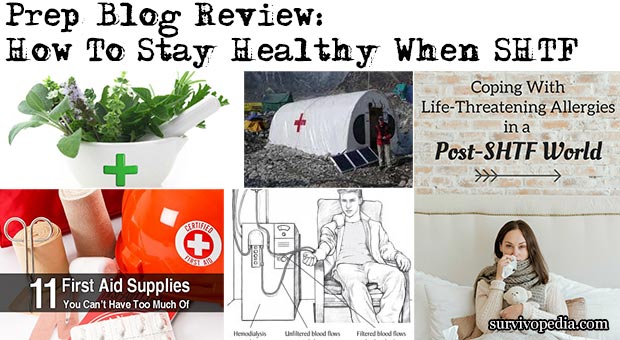
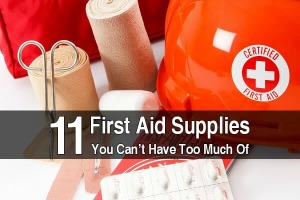 “Next to food, water, and shelter, nothing is more important in a survival situation than medical supplies.
“Next to food, water, and shelter, nothing is more important in a survival situation than medical supplies.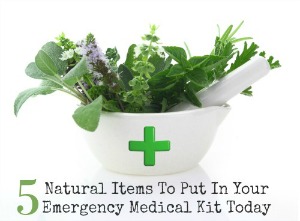
 “We have lived in our home for nearly a decade and I love it. I truly love my yard, but the feeling is not mutual. My yard is trying to kill me. After a lifetime of thinking of myself as allergy free, I have been proven wrong. As it turns out, oak trees, along with other things, cause me to have an extreme allergic reaction.
“We have lived in our home for nearly a decade and I love it. I truly love my yard, but the feeling is not mutual. My yard is trying to kill me. After a lifetime of thinking of myself as allergy free, I have been proven wrong. As it turns out, oak trees, along with other things, cause me to have an extreme allergic reaction.
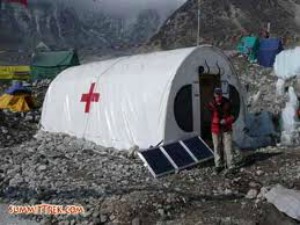 “In normal times, we have the luxury of modern medical facilities that can isolate a sick patient from healthy people. In a survival scenario, however, most organized medical care will no longer exist, placing the average citizen into the position of medic for his/her family or community.
“In normal times, we have the luxury of modern medical facilities that can isolate a sick patient from healthy people. In a survival scenario, however, most organized medical care will no longer exist, placing the average citizen into the position of medic for his/her family or community.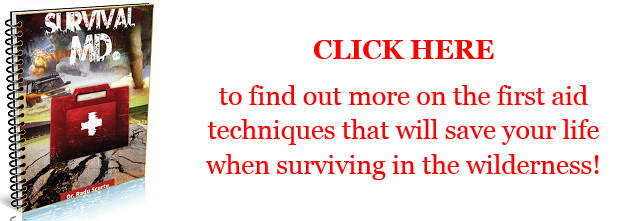

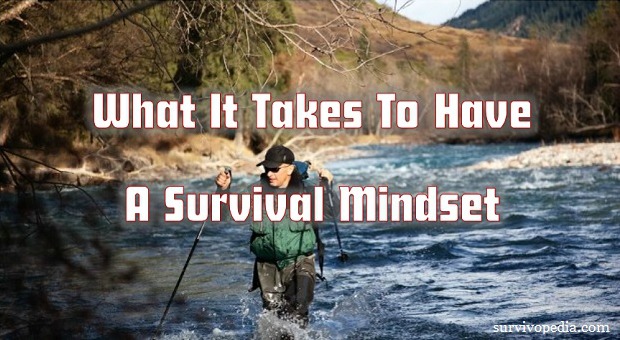
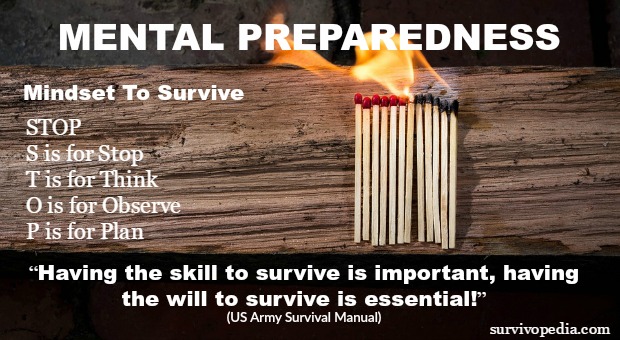





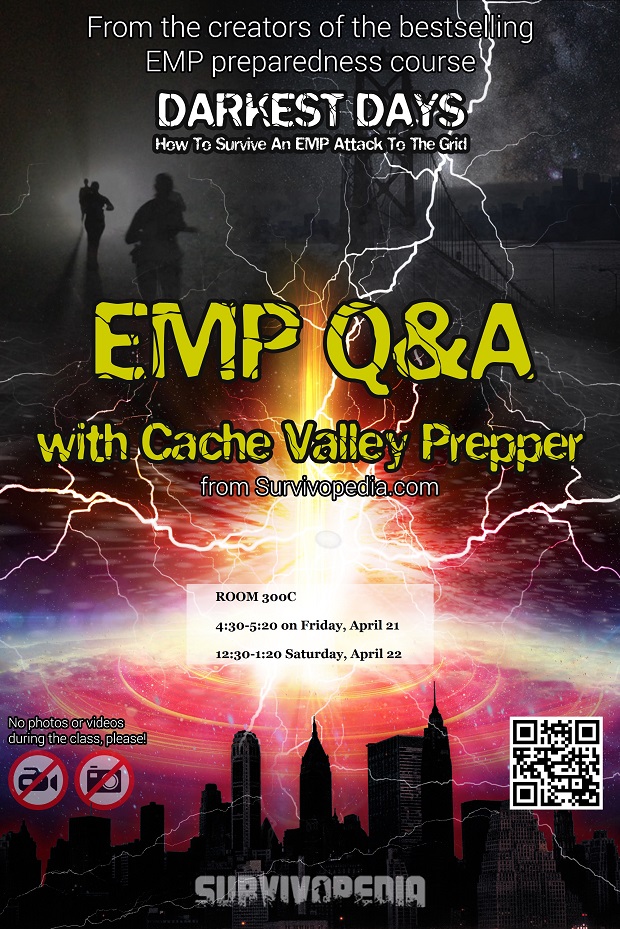







 Small, shallow swales sequester less, but can prevent damage from rains over years. Larger swales can hold more water, allowing that water a greater amount of time to infiltrate. That water then creates a “lens” beneath the surface of the soil and allows plants a longer period of time to access it.
Small, shallow swales sequester less, but can prevent damage from rains over years. Larger swales can hold more water, allowing that water a greater amount of time to infiltrate. That water then creates a “lens” beneath the surface of the soil and allows plants a longer period of time to access it.

